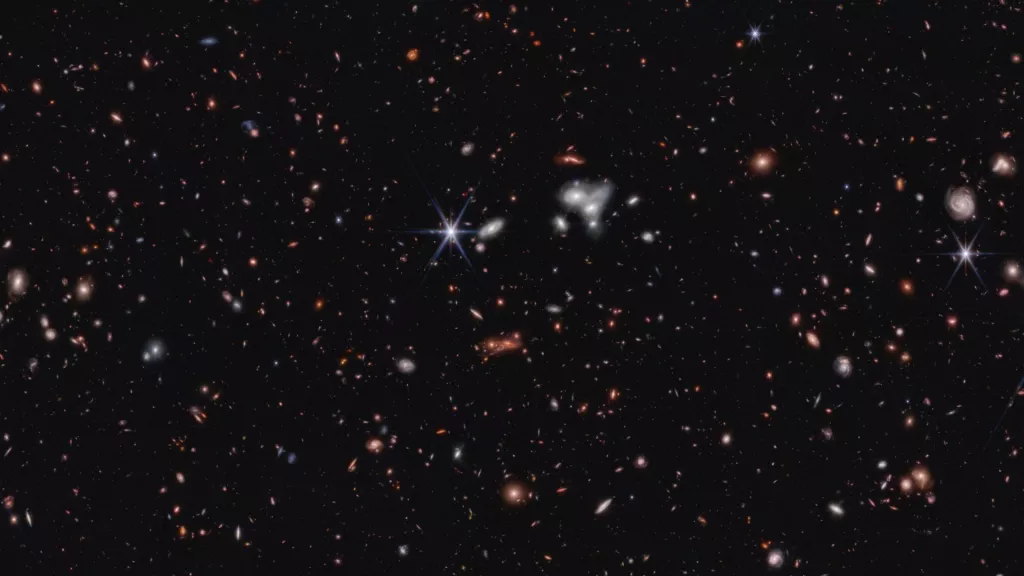James Webb has discovered the oldest and most distant supermassive black hole - it appeared 570 million years after the birth of the universe and has a mass of 9 million suns

Scientists have discovered the oldest and most distant supermassive black hole to date. The James Webb Space Telescope helped them do it.
Here's What We Know
The supermassive black hole lies at the centre of the CEERS 1019 galaxy. It didn't appear until 570 million years after the Big Bang. The object is difficult to detect because it's only 9 million times more massive than the Sun. Although the supermassive even hole is relatively small, its existence at such an early stage in the Universe is a mystery to scientists.
The object has been discovered as part of the Cosmic Evolution Early Release Science (CEERS) programme. The project aims to test methods which will allow scientists to look far into the past of the Universe.

James Webb saw two more objects. They appear to be the nuclei of the CEERS 746 and CEERS 2782 galaxies, which appeared 1 billion and 1.1 billion years after the Big Bang. Each black hole is about 10 million times more massive than the Sun. By comparison, Sagittarius A* at the centre of the Milky Way has a mass of 4.3 million suns.
Source: space